Paraguay The 10 most touristically places, Paraguay, a landlocked country in the heart of South America, is often referred to as the “Heart of South America” due to its central location on the continent. While not as commonly visited as some of its neighbors, Paraguay offers a unique blend of cultural heritage, natural beauty, and historical significance. From the Jesuit missions to the charming colonial town of Areguá and the untamed wilderness of the Chaco region, Paraguay presents a variety of experiences for travelers. In this exploration, we delve into the ten most touristically renowned places in Paraguay, shedding light on the unique attractions that draw visitors from around the world.
1. Asunción: Capital City and Cultural Hub
Asunción, the capital and largest city of Paraguay, serves as the cultural and economic heart of the country. Located on the eastern bank of the Paraguay River, Asunción blends colonial architecture with modern developments. The historic center, known as the “Old Town,” features landmarks such as the Metropolitan Cathedral, the Government Palace, and the National Pantheon of the Heroes. The Ñandutí Artisan Market offers a glimpse into Paraguayan crafts, including the intricate ñandutí lacework. Asunción’s vibrant cultural scene, culinary delights, and historical significance make it the gateway for many travelers exploring the rest of Paraguay.
2. Encarnación: Jesuit Missions and Carnival Splendor
Encarnación, situated in the southern part of Paraguay along the Paraná River, is known for its connection to the Jesuit missions and its lively carnival celebrations. The Jesuit ruins of Trinidad and Jesús, designated as UNESCO World Heritage sites, showcase the architectural and cultural legacy of the Jesuit missionaries in the region. Encarnación comes alive during its annual Carnival of Encarnación, one of the largest in the country, featuring vibrant parades, music, and dance. The combination of historical heritage and festive traditions makes Encarnación a destination that appeals to those seeking cultural immersion and historical exploration.
3. Ciudad del Este: Commercial Hub and Itaipu Dam
Ciudad del Este, located on the eastern border with Brazil, is a bustling commercial hub known for its shopping districts and proximity to the Itaipu Dam. The city’s numerous shopping centers, such as the Ciudad del Este Shopping Mall, attract visitors seeking duty-free goods and a vibrant market atmosphere. The Itaipu Dam, one of the world’s largest hydroelectric dams, offers guided tours that provide insights into its engineering marvels and environmental impact. Ciudad del Este’s role as a commercial center and its connection to the impressive Itaipu Dam make it a destination that combines commerce with technological wonder.
4. Areguá: Artistic Haven and Ypacaraí Lake
Areguá, a picturesque town located on the shores of Ypacaraí Lake, is known for its vibrant arts scene and colonial architecture. The town’s historic center features colorful houses, cobblestone streets, and charming plazas. Areguá is renowned for its pottery and ceramics, with local artisans creating intricate works that reflect Paraguay’s artistic heritage. The Areguá Artisan Market, set against the backdrop of the lake, showcases the diversity of Paraguayan craftsmanship. The scenic beauty of Ypacaraí Lake, coupled with Areguá’s artistic charm, makes it a tranquil escape for those seeking cultural experiences and natural serenity.
5. Villarrica: Historical Significance and Cerro Ñemby
Villarrica, located in the central part of Paraguay, is a town with historical significance and a gateway to the natural beauty of Cerro Ñemby. The town’s Plaza de los Héroes and the Church of Saint Francis are notable landmarks that highlight Villarrica’s colonial past. Cerro Ñemby, a nearby hill, offers hiking trails and panoramic views of the surrounding landscapes. Villarrica’s blend of history and access to outdoor adventures makes it a destination that caters to both cultural and nature enthusiasts.
6. Concepción: Charming Riverside Town
Concepción, situated along the Paraguay River in the northern part of the country, is a charming town known for its riverside setting and historical architecture. The Cathedral of Concepción, with its distinct red color, is a prominent landmark in the town. Concepción is also a gateway to the nearby Mennonite colonies, offering insights into the unique cultural heritage of this community. The tranquil ambiance of Concepción, coupled with its connection to the Paraguay River, makes it a destination for those seeking a laid-back retreat with historical charm.
7. Filadelfia: Mennonite Heritage and Green Landscapes
Filadelfia, located in the western Chaco region, is a town founded by Mennonite immigrants and stands as a testament to their cultural and agricultural contributions. The town’s Mennonite Heritage Museum provides a glimpse into the history and traditions of this community. The surrounding Chaco region offers vast expanses of green landscapes, contrasting with the more arid parts of Paraguay. Filadelfia’s unique cultural identity and its role as a gateway to the Chaco wilderness make it a destination for those interested in Mennonite heritage and exploring the untamed beauty of the region.
8. San Bernardino: Resort Town and Lake Ypacaraí
San Bernardino, situated on the shores of Lake Ypacaraí, is a resort town known for its recreational activities and water-based attractions. The lake, surrounded by hills and forests, provides opportunities for swimming, boating, and fishing. San Bernardino’s waterfront is lined with restaurants, cafes, and entertainment venues, creating a lively atmosphere for both locals and visitors. The town’s popularity as a weekend getaway and its scenic lake setting make San Bernardino a destination for those seeking relaxation and outdoor recreation.
9. Itauguá: Ñandutí Lace and Folklore
Itauguá, a town in the Central Department, is renowned for its traditional ñandutí lacework and its connection to Paraguayan folklore. Ñandutí, a delicate form of lace with intricate designs, is crafted by local artisans and holds cultural significance in Paraguay. Itauguá’s Ñandutí Market is a hub for purchasing these handmade lace products and experiencing the town’s vibrant culture. The town’s commitment to preserving and showcasing Paraguay’s artistic traditions makes Itauguá a destination for those interested in folk art and cultural immersion.
10. Caacupé: Pilgrimage Site and Basilica
Caacupé, located in the Cordillera Department, is a town known for its religious significance and the Basilica of Our Lady of Miracles. The basilica, a pilgrimage site, attracts thousands of devotees during the annual festival in December. The town’s colonial-style church and the atmosphere of religious devotion make Caacupé a destination that reflects Paraguay’s cultural and spiritual heritage. The town’s picturesque setting in the Cordillera region adds to its appeal as a place of both religious and natural beauty.
In conclusion, Paraguay’s allure as a tourist destination lies in its diverse offerings, from the historical significance of Asunción to the natural beauty of Areguá and the cultural heritage of Itauguá. Each of the ten highlighted destinations showcases a different facet of the country’s multifaceted beauty, inviting travelers to explore the unique blend of culture, history, and natural wonders. Whether discovering the Jesuit missions in Encarnación, shopping in Ciudad del Este, or experiencing the Mennonite culture in Filadelfia, Paraguay stands as a testament to the richness and diversity of South America’s cultural and natural treasures.


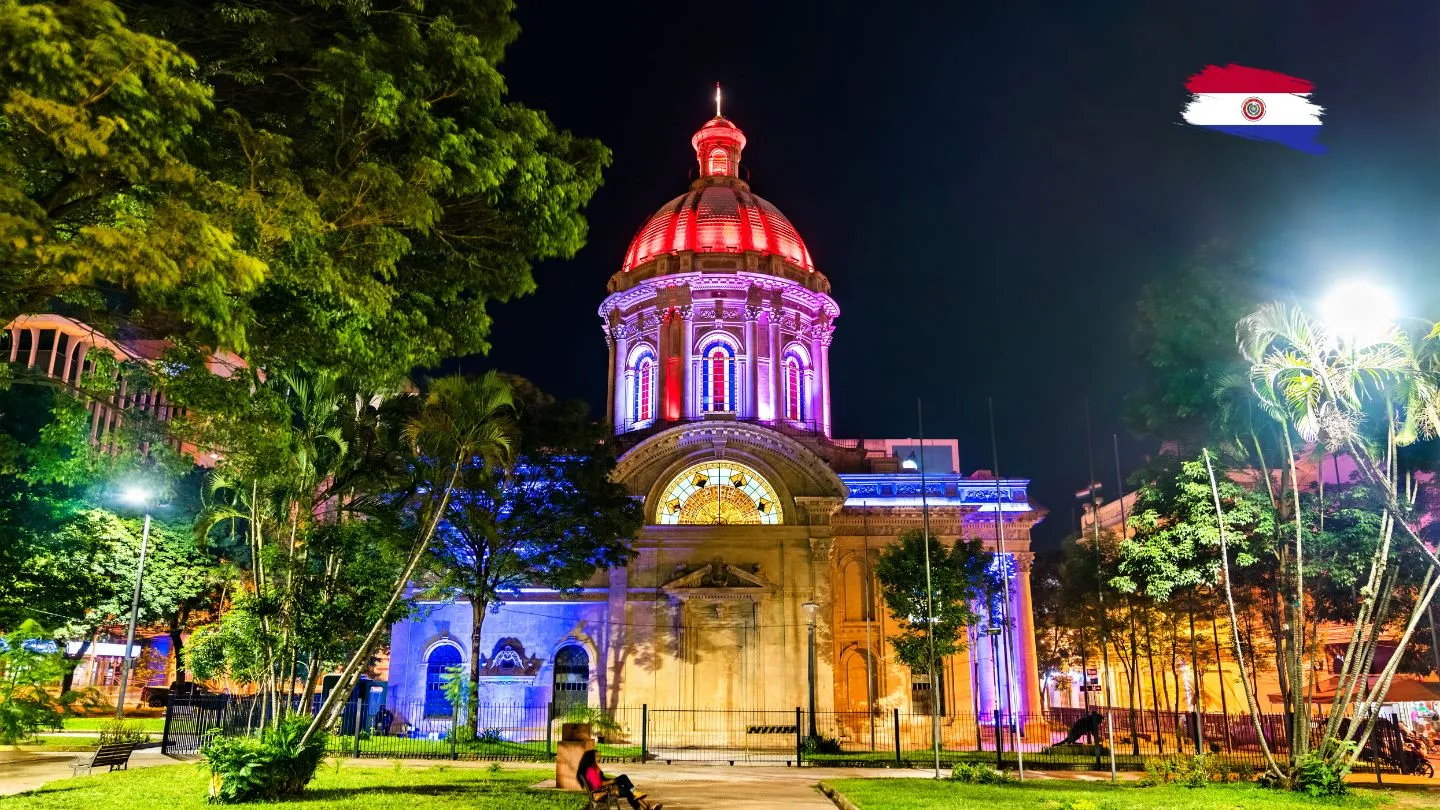
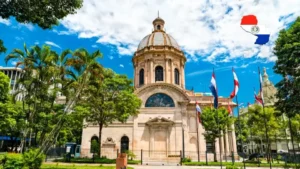
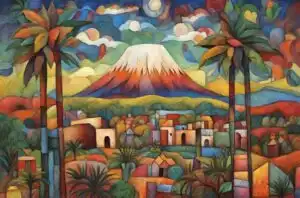

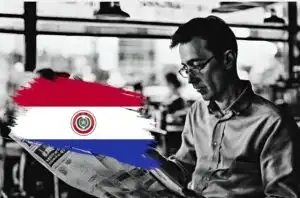

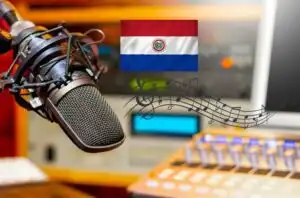
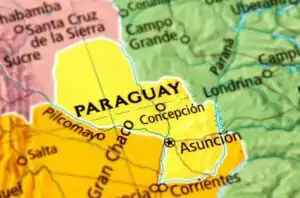
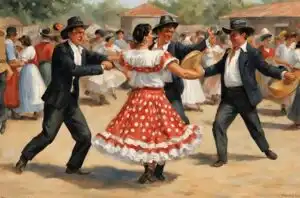
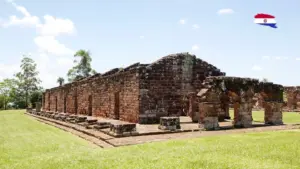

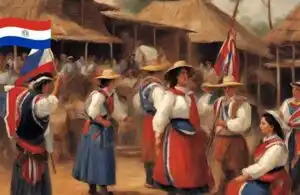

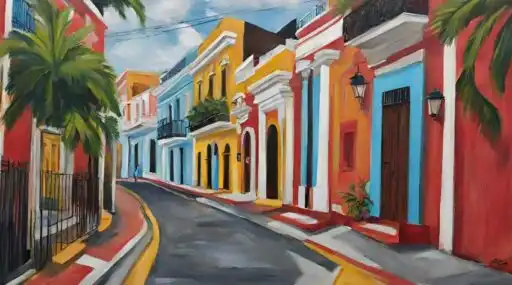





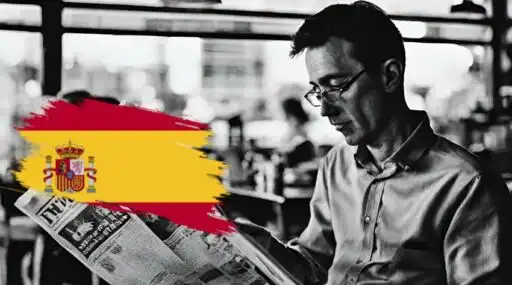






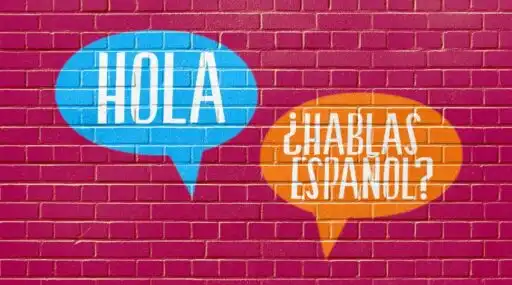






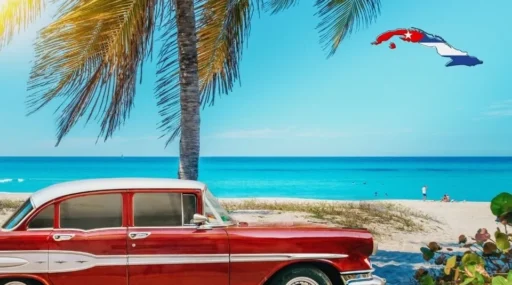
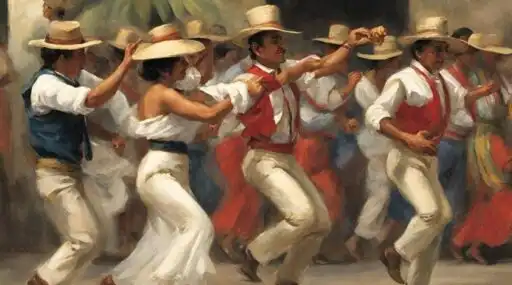
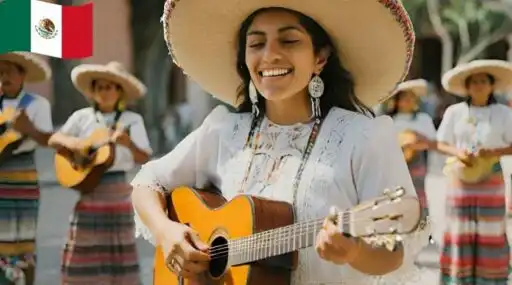






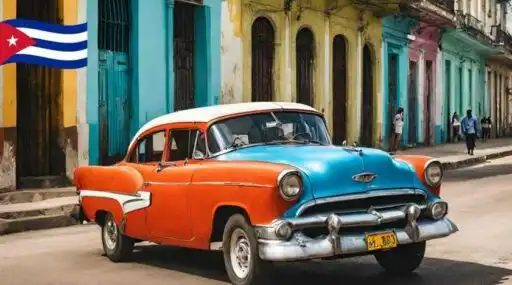
Leave a Reply